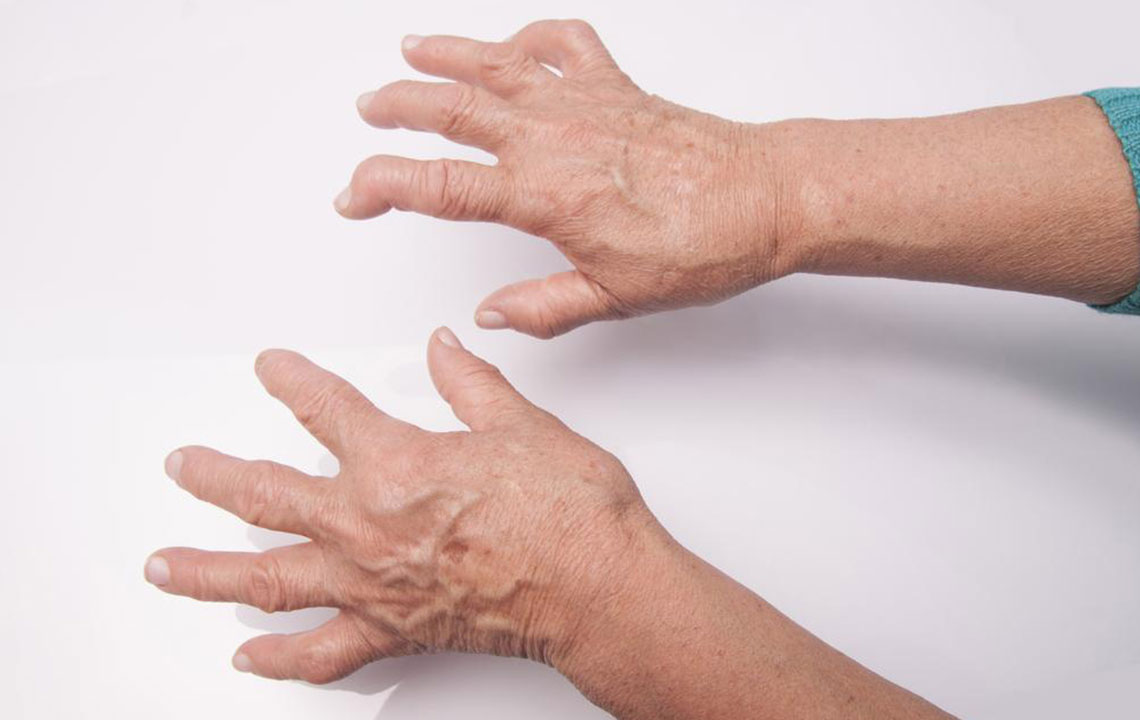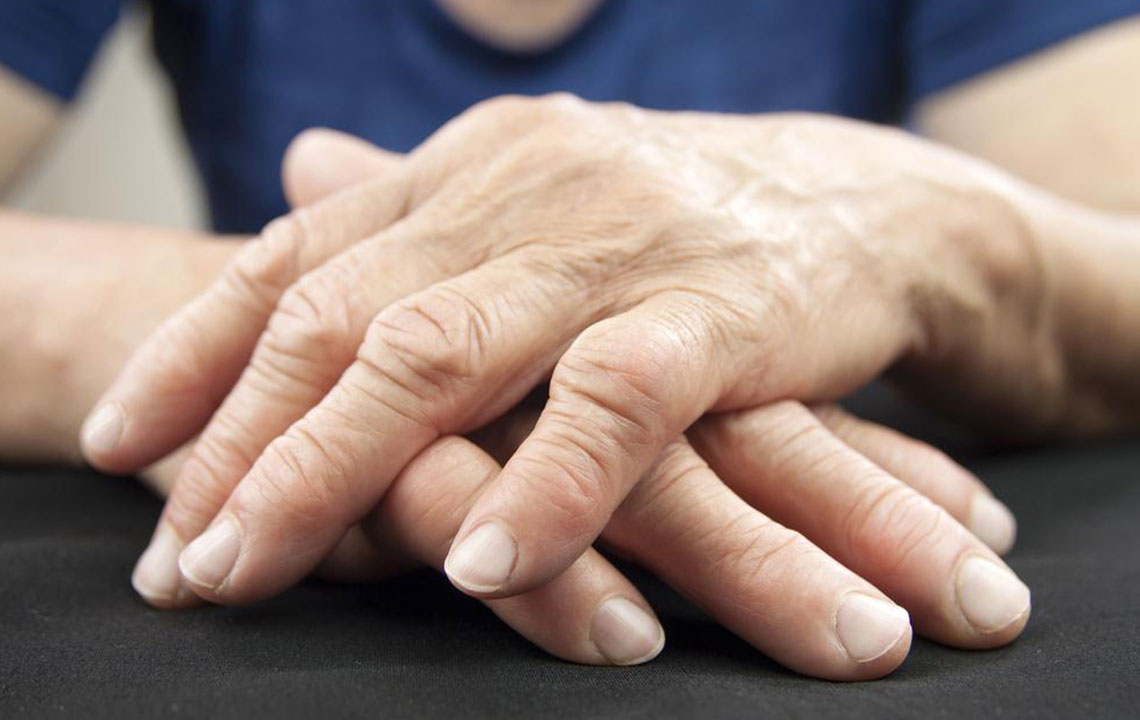Essential Insights Into Rheumatoid Arthritis Symptoms and Management
Learn about rheumatoid arthritis symptoms, risk factors, early detection signs, and management strategies. Early intervention can significantly improve quality of life and prevent serious joint damage. Discover natural remedies and lifestyle tips to support treatment and maintain joint health.

Essential Insights Into Rheumatoid Arthritis Symptoms and Management
Rheumatoid arthritis (RA) is a common autoimmune disorder impacting many individuals worldwide. While arthritis is often linked solely to joint discomfort, RA involves chronic inflammation affecting joints and surrounding tissues. The term "rheumatoid" stems from rheumatism, encompassing conditions that cause persistent pain and damage to muscles and joints.
How does rheumatoid arthritis differ from osteoarthritis?
RA is characterized by persistent joint pain and swelling caused by immune system attacks, whereas osteoarthritis results from wear and tear, leading to structural changes in the joints. These changes affect bone density and joint function.
Typically, loss of joint soft tissues leads to tenderness, swelling, and stiffness. This pain often affects knees, wrists, elbows, fingers, toes, and the neck. Morning stiffness or after prolonged inactivity is common and may take time to ease.
Who is at risk for rheumatoid arthritis?
The disease usually develops after age 30, predominantly affecting individuals between 30 and 60. Women are more often affected than men, with genetic and environmental factors playing a role. If untreated, RA can cause structural joint damage, leading to limited mobility or partial paralysis. Early detection and management are essential to prevent severe complications.
Management includes medical treatments, lifestyle modifications, and natural remedies such as exercise, rest, heat or cold therapy, anti-inflammatory diets, and gentle massages. Consistent effort is vital to achieving long-lasting relief.
Early signs of rheumatoid arthritis
Initial symptoms may include pain and tenderness before visible swelling. Common early indicators are:
Persistent joint pain, tenderness, or stiffness lasting over five weeks
Persistent fatigue and low energy
Prolonged morning stiffness, exceeding half an hour
Multiple joint discomfort, especially in small joints like wrists, fingers, and toes
Lethargy, decreased appetite, slight fever, alongside joint issues
Impact on organ systems and overall health
RA symptoms can fluctuate, with periods of heightened activity called flare-ups. Persistent inflammation may affect various organs, including:
Eyes—causing dryness, redness, pain, and vision problems
Oral tissues—leading to dry gums and infections
Skin—development of rheumatoid nodules (small lumps)
Lungs—inflammation causing scarring and breathing difficulty
Blood vessels—leading to skin, nerve, and organ damage
Blood count—possible anemia with reduced red blood cells
Additional symptoms to watch for
Since early RA signs can be subtle, tracking symptoms is helpful. These include:
Loss of appetite
Unexpected weight loss
Swelling behind ankles or knees
Burning or numbness in hands and feet
Being aware of these signs enables timely consultation and intervention, reducing disease severity.Note:
Our blog offers practical information across various health topics. While our research aims to provide accurate insights, it should not replace professional medical advice. For personalized diagnosis and treatment, consult qualified healthcare providers. We disclaim responsibility for discrepancies or missing information regarding treatment options and benefits.










